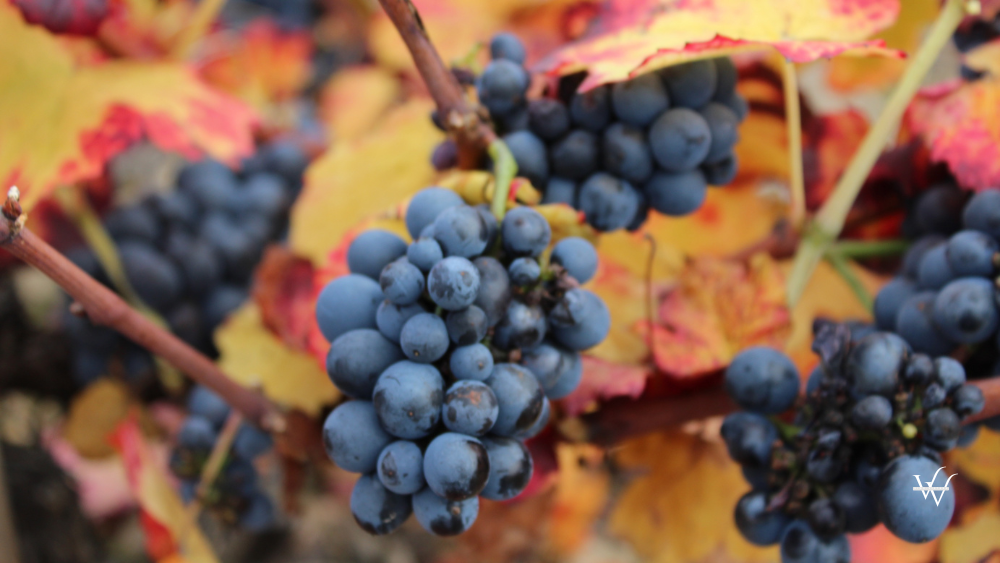The 2025 vintage of Beaujolais Nouveau has defied initial expectations in terms of quality but exceeded projected production volumes, highlighting the growing imbalance between supply and demand in one of France’s most emblematic wine categories.
According to data from industry organizations, production capacity this year reached 120,000 hectoliters, while projected sales remain below 105,000 hectoliters—already a decline compared to 2024. Despite the smaller harvest, yields were sufficient to surpass market needs, confirming that consumer interest in Beaujolais Nouveau continues to wane, both domestically and abroad.
Shrinking Domestic and Export Markets
In France, distributors report a 10% decline in market demand, particularly in supermarkets where autumn wine fairs failed to generate the expected enthusiasm. Specialty shops and restaurants have shown greater resilience, offering a more personalized approach to consumers still loyal to the style.
Internationally, the decline is even more pronounced. Japan, traditionally the leading export market for Beaujolais Nouveau, has seen importers reduce orders as consumer preferences shift toward white and lighter wines. The United States market faces additional obstacles due to higher import duties, limiting competitiveness and profitability for importers.
Sébastien Kargul, vice president of the interprofessional Beaujolais trade association, acknowledges that “the Beaujolais Nouveau market is losing volume each year,” with the sharpest declines expected in export figures. However, he points out that niche enthusiasm remains, particularly among sommeliers and boutique wine merchants who view Beaujolais Nouveau as a snapshot of each year’s vintage conditions.
Economic Balancing and Price Stability
Despite weaker demand, producers have chosen to maintain prices at EUR 280 per hectoliter for generic Beaujolais and EUR 295 per hectoliter for Beaujolais Villages—the same levels as 2024. Retailers had requested reductions to boost sales, but regional representatives argued that stable pricing helps protect local producers and reinforce the value of the appellation.
This decision underscores a broader industry goal: economic sustainability over aggressive price competition. By avoiding a race to the bottom, Beaujolais aims to preserve the reputation and livelihoods tied to the region’s small-scale producers.
Harvest Quality and Consumer Perception
From an oenological standpoint, the 2025 vintage offers high-quality wines, marked by vibrant color, ripe fruit, and supple texture—a combination expected to appeal both to traditional consumers and those exploring Beaujolais for the first time.
Yields varied considerably between vineyards, ranging from 15 hectoliters per hectare in the hardest-hit zones to 40–45 hectoliters in better-performing parcels. Overall, the average yield—32 hl/ha in Beaujolais and 28 hl/ha in Beaujolais Villages—reflects a modest but healthy crop given the climatic challenges.
Local events organized across the Beaujolais region have also attracted positive public response, helping reinforce consumer engagement and tourism. The “Nouveau release celebrations” remain a cultural hallmark, blending tradition with modern marketing efforts.
Outlook: Between Heritage and Reinvention
As global wine consumption patterns evolve, Beaujolais Nouveau finds itself at a crossroads. The category’s historical significance and unique freshness continue to attract attention, but adapting to changing market realities will be essential. Producers are increasingly experimenting with sustainable viticulture and new marketing strategies, emphasizing authenticity, terroir, and regional identity.
While volume-driven growth may no longer be feasible, the path forward lies in premiumization and diversification, leveraging Beaujolais’ reputation for quality and conviviality to reconnect with younger consumers and international wine enthusiasts.
Source: Vinetur

